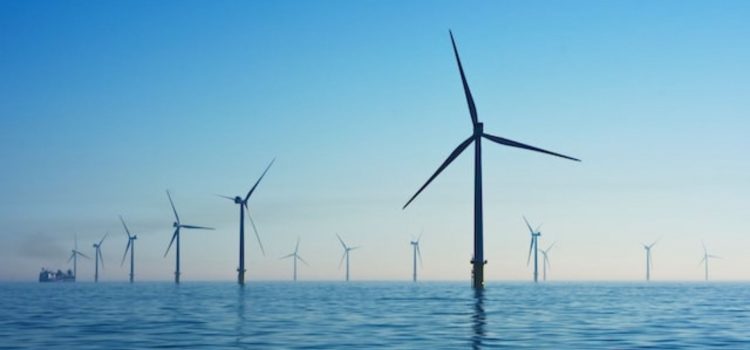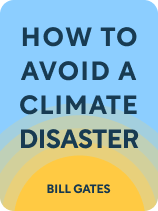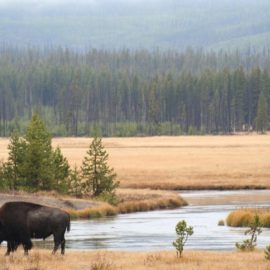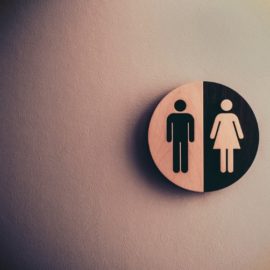

This article is an excerpt from the Shortform book guide to "How to Avoid a Climate Disaster" by Bill Gates. Shortform has the world's best summaries and analyses of books you should be reading.
Like this article? Sign up for a free trial here.
Is wind-generated energy a viable alternative to fossil fuels? What are the main problems with wind energy?
Wind power promises a clean and carbon-free energy source that can help reduce our reliance on fossil fuels. However, there are significant logistical and economic challenges in implementing wind turbines on a global scale.
In this article, we’ll look at the main deterrents to the mass adoption of wind turbines.
Wind and Offshore Wind
Wind-generated electricity faces many of the same challenges as solar. Gates notes that windmills take up ten times more space than solar and have similar reliability challenges (the wind doesn’t always blow). Additionally, Gates explains that the lengthy and complex permitting process for installing offshore wind turbines in the United States is a deterrent to widespread adoption.
| Windmills and Birds Opponents of windmills often cite their impact on bird populations. For instance, in October of 2020, President Trump famously claimed that windmills kill “all the birds” during a debate with President Biden. This commonly held misconception is based on fact. Windmills do kill between 140 and 500 thousand birds annually. Still, this number pales in comparison to the one to four billion birds killed by domestic and feral cats and the estimated one billion birds that die from crashing into windows yearly. As a testament to wind power’s benefits, the National Audubon Society “strongly supports wind energy that is sited and operated properly to avoid…impacts on birds,” for example, by avoiding known bird migration routes. |

———End of Preview———
Like what you just read? Read the rest of the world's best book summary and analysis of Bill Gates's "How to Avoid a Climate Disaster" at Shortform.
Here's what you'll find in our full How to Avoid a Climate Disaster summary:
- Bill Gates's technology-based strategies for reducing global carbon emissions
- The challenges and limitations that come with fighting climate change
- The roles governments, private entities, and individuals must play to save the planet






